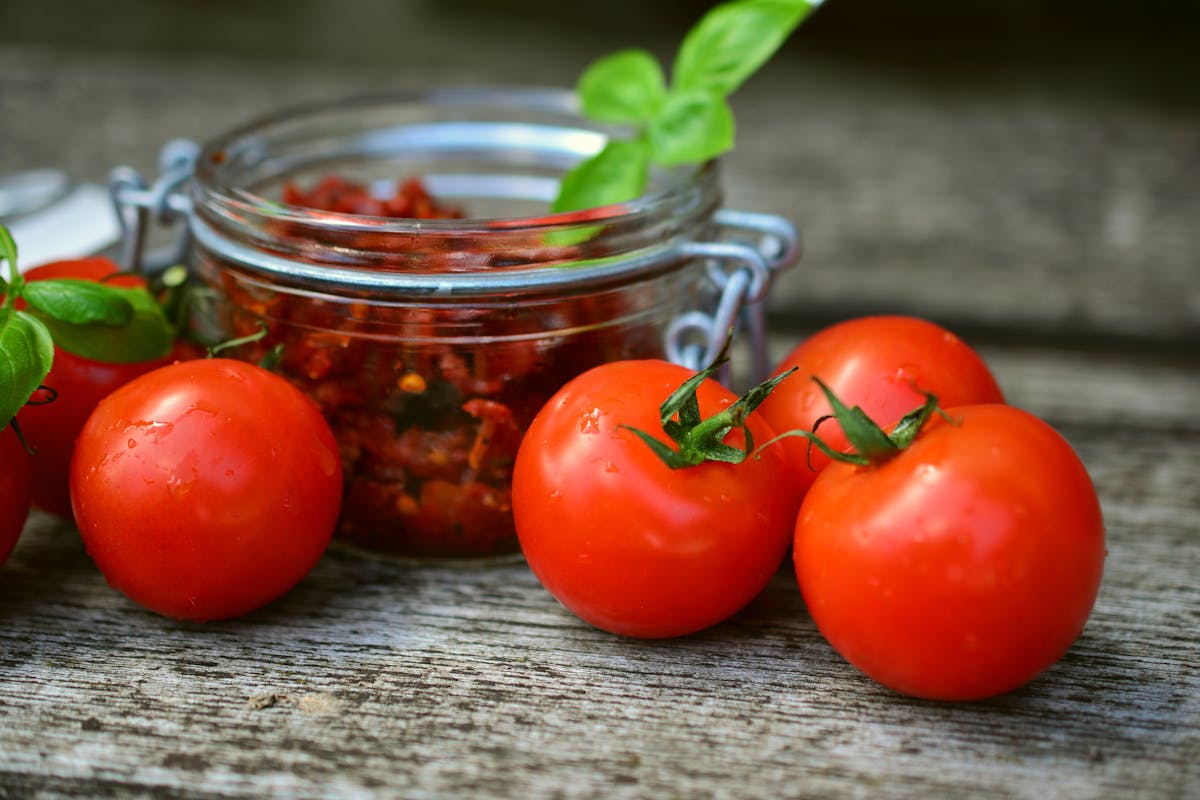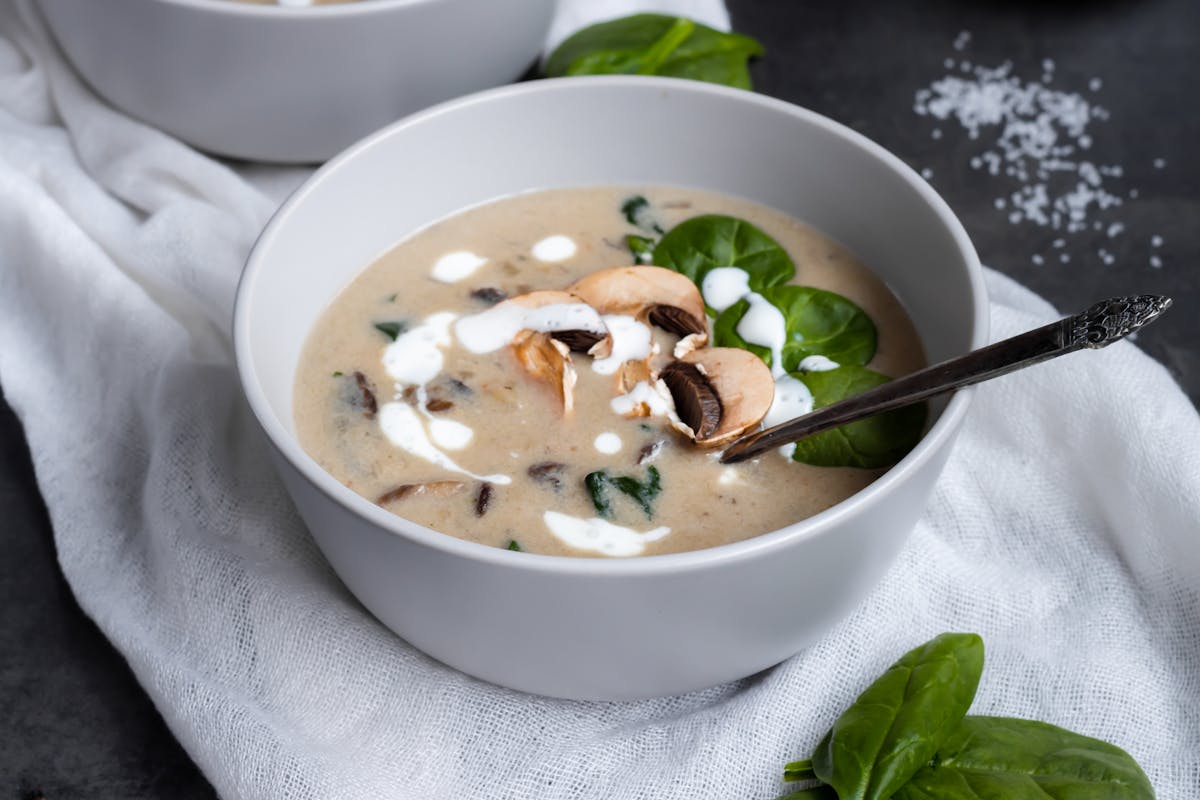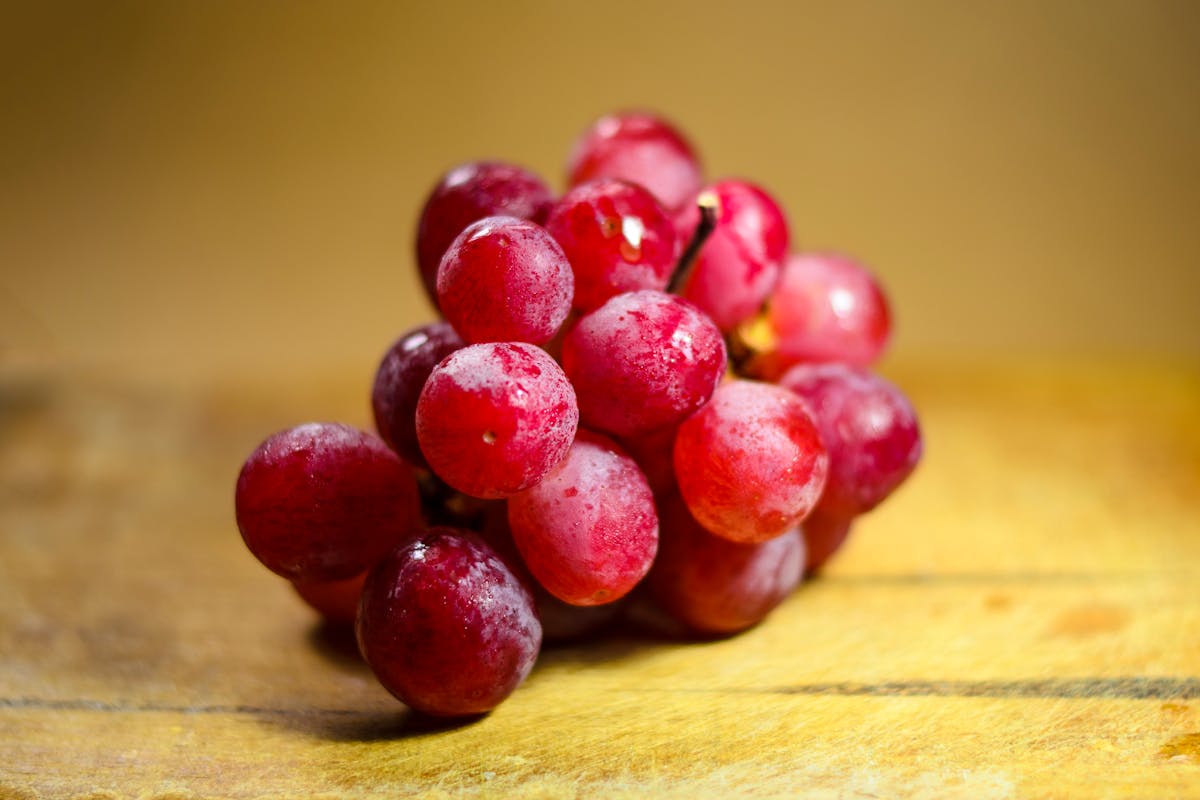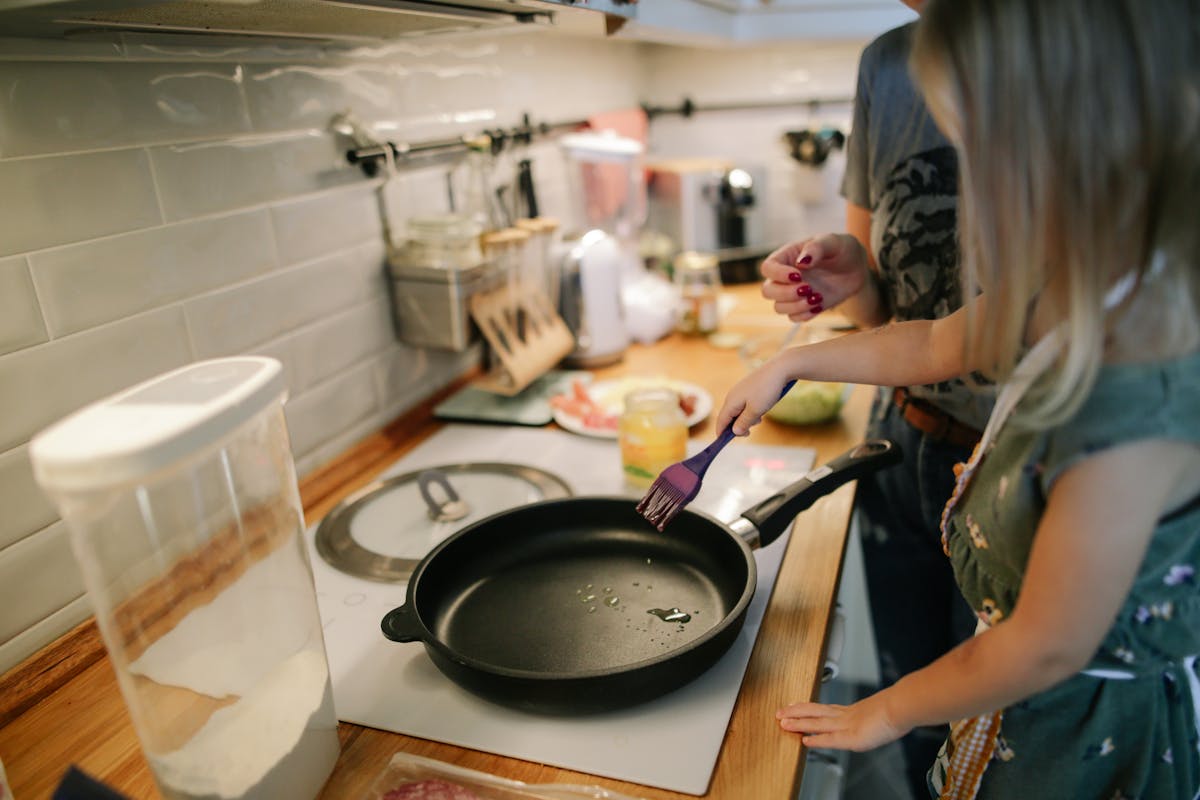These old-fashioned tips will certainly help you in the kitchen and with meal preparation. Find a wide selection of cookware in our retail stores or order online.
1. If you want to prevent what you’re cooking in a pot, such as vegetables, pasta, or anything else, from boiling over, place a wooden spoon across the pot.
2. You prepared a sauce, but it turned out too thin and you don’t know what to do to make it thicker? Mix 2 tablespoons of milk and a teaspoon of margarine and add it to the sauce.
3. If you want cauliflower to keep its snow-white color after cooking, add a pinch of salt and a little milk to the water while it cooks.
4. No one likes the unpleasant smell of garlic or fish on their hands after cleaning them. Since metal removes odors from the skin, take a stainless-steel spoon, put it under running water, and rub it over your hands as if it were soap.
5. Never throw away the water in which you cooked pasta or potatoes. Let it cool completely and pour it on your plants, feeding them with the nutrients left in the water. Your plants will thank you with their beauty.
6. You prepared a soup or stew, but oversalted it. Don’t worry, there’s a solution. Peel a potato and add it to the soup. It will absorb the excess salt, and the problem is solved.
7. Fresh potatoes sprout during storage. You can prevent this by putting an apple in the box, bag, container, or sack where you keep your potatoes. After a few days, check the apple and replace it with a new one.
8. If you want white meat to stay white and juicy after roasting, stewing, or cooking, rub it with lemon juice before preparation.
9. Don’t throw away old bread. Lightly moisten the crust of stale bread with some water and put it in the oven for 10 minutes at medium temperature. You’ll be won over at the first bite.
10. If you cook spinach and rice at the same time, you’ll get a tastier and more vitamin-rich meal if you first cook the spinach and then cook the rice in that same water.
11. There will never be unpleasant smells in your fridge if you place a small cup of vinegar with mint leaves inside.
12. Kitchen towels will be white as snow if you leave them overnight in water with 2 tablespoons of baking soda. The next day, wash them normally in the washing machine.
13. Meat will be tastier and better if you soak it in milk for an hour before roasting, breading, or frying.
14. You don’t have to buy expensive body scrubs—you can make one yourself in the kitchen. Add a few drops of olive oil, a pinch of cinnamon, a teaspoon of honey, and a teaspoon of cornmeal to the coffee grounds left after drinking coffee. Your skin will be refreshed and like new.
15. You can also make a hand mask in the kitchen. Make mashed potatoes, apply them warm and fresh to your hands for a few minutes. First rinse with warm, then with cold water, and finally rub with lemon juice. You’ll have white and soft hands.











